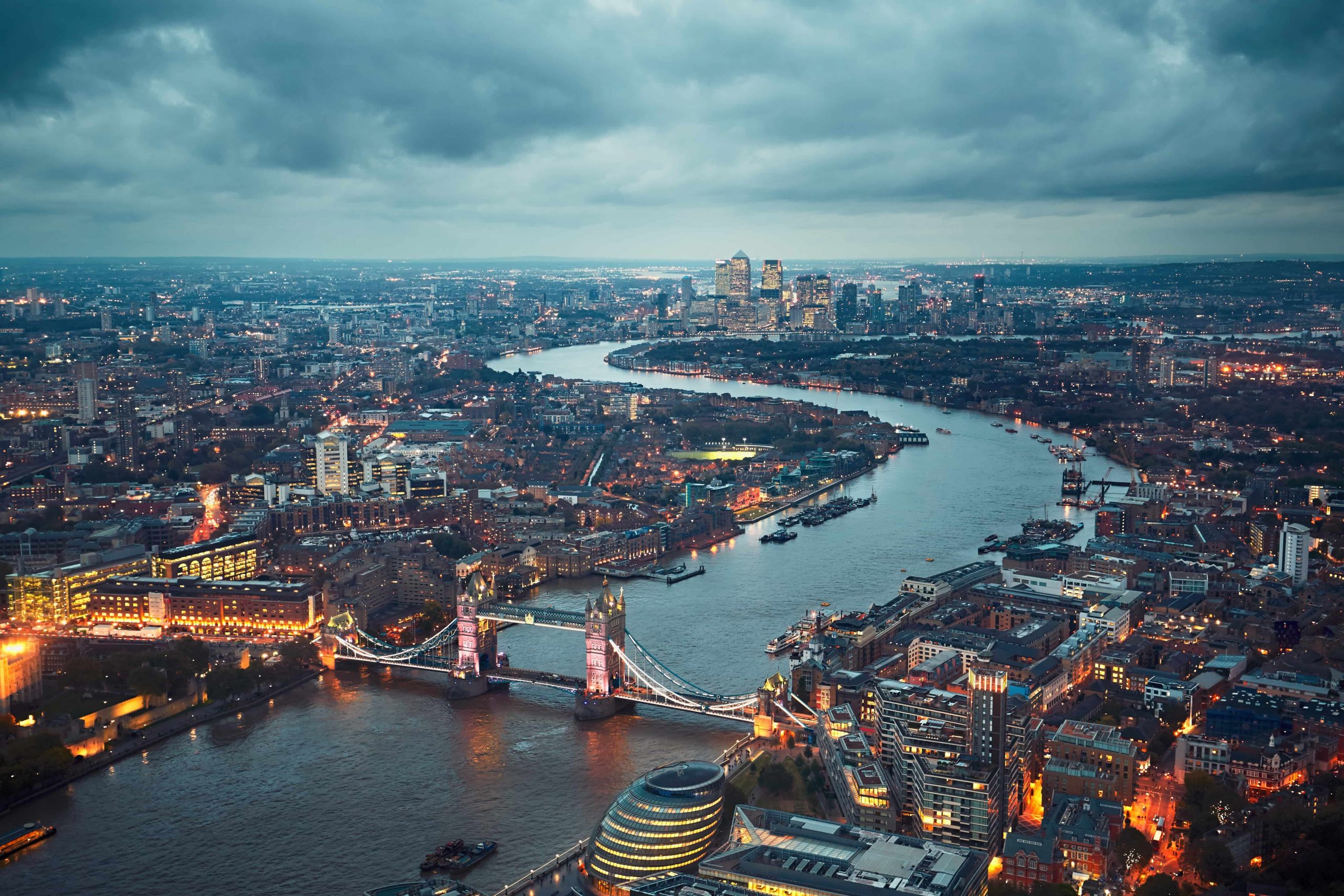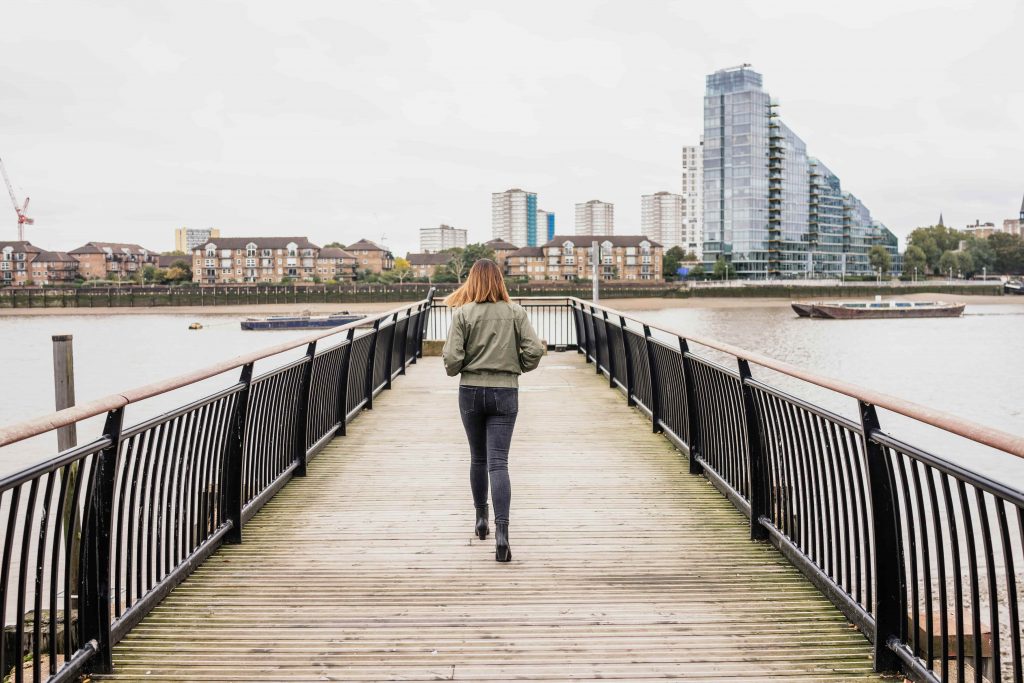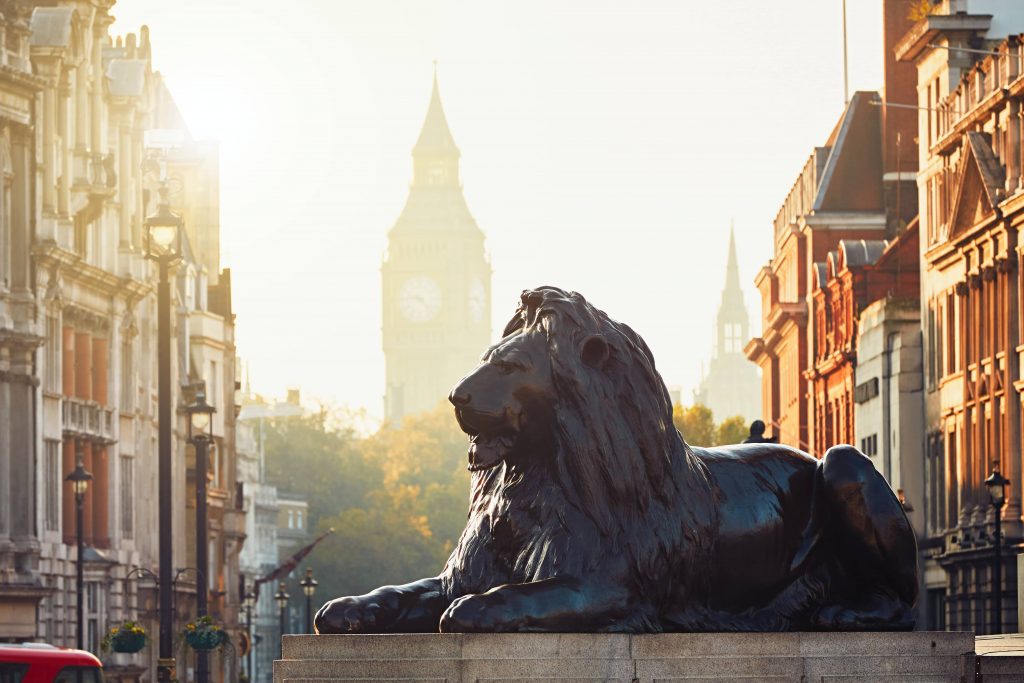Important Information about London & History

What Do You Need to Know about London?

It is the capital of England and the UK. The town of Greenwich, where the 0 degree meridian passes, is near London.
London is one of the most important business and financial centers in the world. It is the second most populous city of the EU with a population of approximately 8 million. Together with its affiliated settlements (Greater London) its population is 12-15 million. There are 4,573 people per km². It is the city where the most non-white people live in Europe. More than 300 different languages are spoken.
It is the intersection point of international tourism. There are five international airports serving London, and the city is home to one of the busiest air traffic. Heathrow, the largest of the airports, is the third airport in the world carrying the most international passengers.
The most important tourist attractions in London are the Houses of Parliament, Tower Bridge, Tower of London, Buckingham Palace, Trafalgar Square and the London Eye. It consists of the Great City of London, the City of London, the City of Westminster and the 31 metropolitan areas of London.
It is a city with plenty of green. There are 143 registered parks and gardens in London. The Thames River divides the city in two.
A Brief History of London
It is accepted that London was founded by the Romans about 2 thousand years ago, although there are traces from the Neolithic Age and Bronze Age, 1500 BC and the settlement layer from the Ancient Britons is known. It was founded under the name Londinium after the Roman Empire invaded Britain in 43 BC. It is thought that its meaning could be “flowing river”. According to Geofrey of Monmouth, the name is actually based on the Celtic god Ludd. According to legend, the name of the city, which was formerly known as “Trinovantum”, was changed to “Caer Ludd”.
London, a small Celtic town, AD It was destroyed by the Romans in 61 BC, then rebuilt and finally abandoned (418). City, IX. In the 19th century, it regained vitality despite the invasions of the Danes, starting from Alfred the Great. William, who gave a certificate of privilege, also built a tower here. Despite violent social fights and turmoil (especially the Tyler and Cade riots), the city, XIV. and XV. developed enough to join the colonization of Ireland and Virginia by armed with twenty ships against the Invincible Armada in the 20th century; it gradually became a city strong enough to meet the power of the kingdom and play a role in the overthrow of Charles I and James H. Faced with plague epidemics (over 70 000 people, 1/6 of the population, died because of this) and the fire of 1666, which caused the city to be destroyed, especially with wooden structures, London, XVIII. from the XXth century. It continued its development into the century.

City of Arts London
In London, where only a few Roman ruins and traces of the Norman conquest have been found from ancient times to the present day, the most important building is the Tower of London (Tower of London) built in 1078 on the banks of the River Thames, east of the City; XIII. – XIV. This castle, which was surrounded by a wall in the 19th century, was the residence of the kings up to Charles H before the coronation, and later became the state prison; Today, it is used as the archive warehouse of the kingdom and a museum where the valuable belongings of the kingdom’s family are kept. With the arrival of the Normans in England, Roman architecture, where many masterpieces were previously given, entered continental Europe. In 1050, St. Edward (also called the Confessional) rebuilt the Abbey of Westminster; later William the Red II raised the Palace of Westminster. This palace, which preserves its existence today as the Westminster Hall, was drastically changed in 1399.
XIII. and XIV. gothic art from France in the 12th century was adapted to British taste; The most perfect products of this period are located in Westminster. The heyday of British architectural art is Inigo Jones (1573-1652) and especially Saint Paul’s Cathedral, Kenington Palace, Chelsea Hospital. etc. architect Christopher Wren (1632-1723). XVII that it represents. YY. creates
XVII. century, the House of Parliament and Queen Victoria’s XVI. Buckingham Palace, which he preferred as the royal residence, was built instead of the old Saint James Palace from the 19th century.
Since 1945, the center of London has seen a wide range of attempts to make it necessary to restore structures destroyed in the Second World War; Although architects who wanted to save space built tall buildings, structures with the characteristics of the Victorian era still survived in the suburbs.
London is one of the oldest cities in the world. In terms of tourism, historical artifacts are exhibited in large museums. Their culture really started to spread around the world a thousand years ago. London has visitors from all over the world. This is the result of London having a long history.



